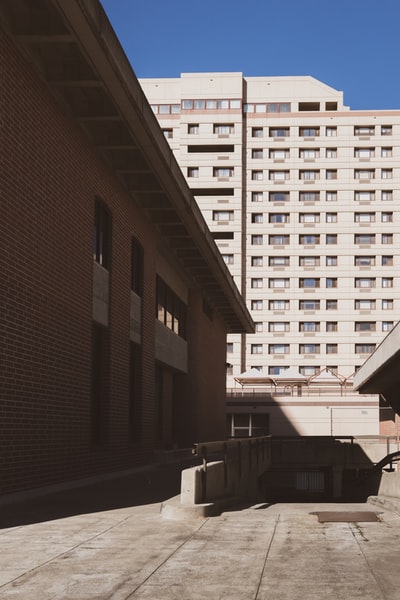What is meant by ‘urbanisation’?
‘Urbanisation‘ is the name we give to the increasing number of people who live in cities as opposed to the countryside. Over half the world’s population now lives in or near a major city, a situation that has never arisen before. The proportion of us who live in cities has increased dramatically since World War II.
In 1950 just 30% of us lived in towns and cities and 70% in the countryside. By 2010 there was an equal amount living in each, and if current trends continue, by 2050 70% will live in towns and cities and just 30% in the countryside. This has a huge impact on the environment and on society.
However although most developed nations (like the UK or France) are still more urbanised than developing ones, the rate of urbanisation is much quicker in developing countries such as China and the Philippines than it is in the West. The reasons are complex, but the main reason is economic: most people still perceive the city to be a place where work and prospects are better, and with poorer countries still having higher birth rates farms are unable to feed everyone so some children are sent away to the city to earn money.
Urban areas are made up of different parts, including business districts and suburbs.
Although cities and their populations vary greatly according to where on earth they are located, almost all of them conform to the same basic ‘plan’. At the centre there is usually a dense central business district (CBD) where the headquarters of businesses are located, along with banks. Although busy by day, relatively few people live in most CBDs. Around the CBD there is the inner city, which has dense housing, busy roads, and shops.
Further out are the suburbs – mainly residential areas with more open spaces and wider roads. ‘Suburbia‘ has only really existed since the invention of the railways made it easy to travel into town much quicker than before. Similarly, beyond the suburbs you often find a rural zone in which you will find ‘commuter towns’, many of whose residents travel into the city daily.
Most urban areas face the same problems, albeit to very different degrees: poor and overcrowded housing, a lack of open spaces, pollution, crime, and inadequate transport. Where cities are very old, and have grown over the centuries without any overall plan, they can quickly become very chaotic.
What are the characteristics of a sustainable city?
As the world becomes more urbanised, new ways of living together in cities will be required that are more sustainable, that is more environmentally sound. A sustainable city is one where there is little waste; where green methods of generating power are used; where people are able to live without being exposed to harmful pollutants.
Many campaigners dislike the idea of building new homes in the countryside and making cities even bigger. They say cities should first build on so-called ‘brownfield’ sites within the city itself – places like wasteland, the site of former factories, and beside railways. However, cities need green spaces in order to function, so it is not always a good ideas to fill every space with yet more buildings. It is more sustainable to plan our cities in a way that maximises space while still retaining open areas.
Similarly, most cities have a number of very old buildings, some of them in a state of disrepair. Although it might seem a good idea to knock them down and build something more modern, old buildings are a part of a city’s heritage; they provide a link to the past.
In order to be a sustainable city we must make better use of our waste, recycling as much as possible and ensuring everyone who lives there has satisfactory housing, sanitisation, health and leisure facilities, and decent schools. To ensure there are enough school places we must study demographics – a statistical study of the population – so we can estimate how many children will need schools in the next 15 to 20 years.
When planning a city’s needs consideration must be made of how people get around. Public transport is more environmentally friendly than private cars but some people will always need their own vehicles, so cities need sufficient roads, buses, trains and bicycle lanes for everyone to travel safely.
Should local people be involved in the decision-making process when it comes to planning new homes?
After the Second World War many cities were severely damaged and many slums were deemed unfit for human habitation. New high-rise buildings and out of town housing estates were built, but the people who were to live in them had little or no say in their design. Soon these estates and new towns had many of the same social problems as the ones they replaced and a few new ones, chiefly a sense of alienation. Now it is seen as important for local people to be involved in the design of new housing projects.

